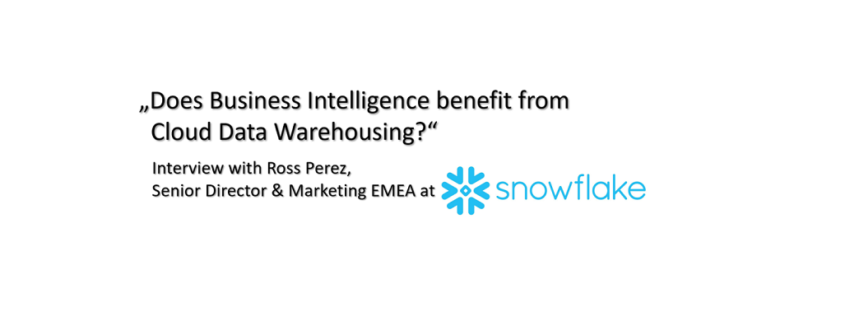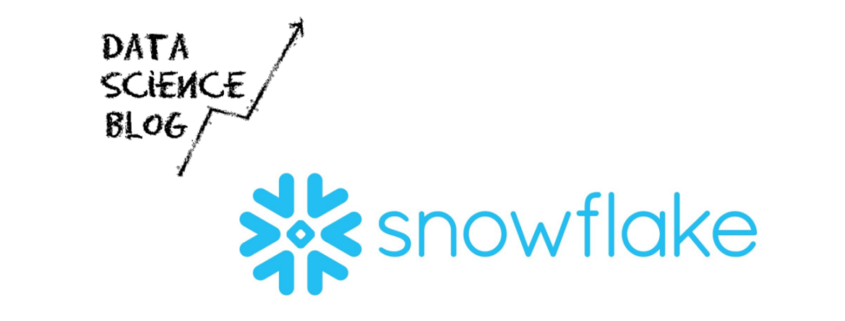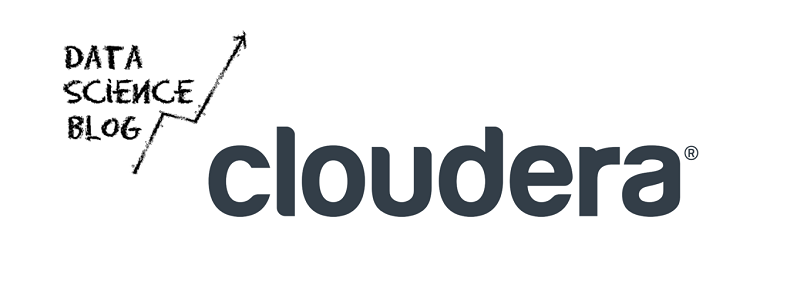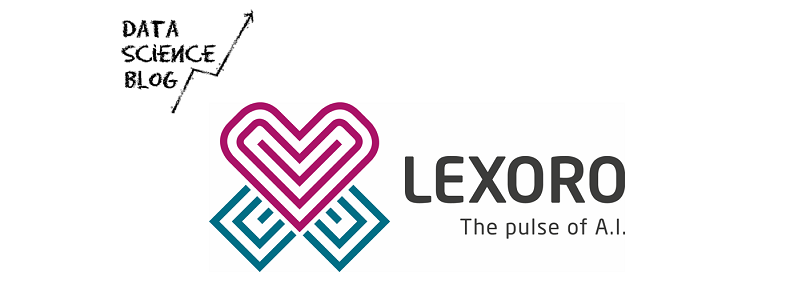What Customers Want from Business Transformation Solutions
No matter what industry you work in, customer satisfaction is paramount. After all, in most cases, there can be no business without customers! As such, keeping customers happy is a driving force for many organizations. All sorts of studies have been conducted, articles and reports have been drafted and re-drafted, and consumers bombarded with market research questions, all in search of understanding what customers want, and how businesses can offer it to them.
Was Kunden von Business-Transformation-Lösungen erwarten
From a process management perspective, the technology to track the way customers interact with your business already exists, in the form of customer journey mapping (CJM). Customer journey mapping helps you to understand exactly how customers engage with your business, and what their experience is like when they do. It helps answer questions like:
- Do customers have positive or negative feelings when they interact with specific touchpoints within your organization’s processes?
- Are there points where customers stall, or disengage, or want more information?
- How do the people you’re trying to reach really respond to your customer service options?
Asking these questions internally is essential. However, an even more vital tool in building customer satisfaction and loyalty is a very simple one: just ask!
What business transformation customers want
Technology enables businesses to ask customers directly about products and services more easily than ever, but there is an associated risk of consulting customers too much. Rather than letting customers know you care, this can instead make them feel the opposite. In addition, restrictions on the collection and use of customer data means actually contacting customers can be a challenge.
One way to overcome this is to make use of one of the technical review services available online. Browsing any of these sites reveals a wealth of information about what customers value in all sorts of industries. For example, Signavio uses IT Central Station to track customer views on business transformation software. When we consider these views in aggregate, we can see two common threads emerge over and over: collaboration and ease of use.
Comments from real users return to these points often:
- “For me, the features I find most valuable are definitely in the Collaboration Hub. We are getting more users on there and becoming more familiar with it.”
- “Based on my experience, one of the best features offered by Signavio is its simple Collaboration Hub functions, where users from various departments can constantly refer to their TO-BE process design.”
- “One of the important things for us, when we were looking at solutions, was the ease of use. The ease of use affected the adoption in our organization massively. If it had not been easy to use and people were struggling with it, then they just would not have used it. So I’d say it’s quite a high factor in making a choice.”
- “One of the most valuable features is ease of use, which has really been a good thing to put into the business. People like tools that they can just pick up and use straight-away.”
- “The interface is quite intuitive. I am modeling a lot of processes, so for me, it’s quite easy.”
A final piece of advice
Knowing where customers find value is crucial to understanding how to meet their needs best, and thus creating ongoing and meaningful customer relationships. As with many customer-focused issues, feelings play a large role.
The same can be said for business transformation, as the Lead Business Analyst at a media company with over 10,000 employees pointed out: “You will have a gut feel of what you want to do and when you actually look at the tools that are out there it is easier to make your decision.”
If you’re ready to make your decision about the right business transformation solution for you, register for a free 30-day trial with Signavio today.




 Ross Perez is the Senior Director, Marketing EMEA at
Ross Perez is the Senior Director, Marketing EMEA at 




 lexoro
lexoro